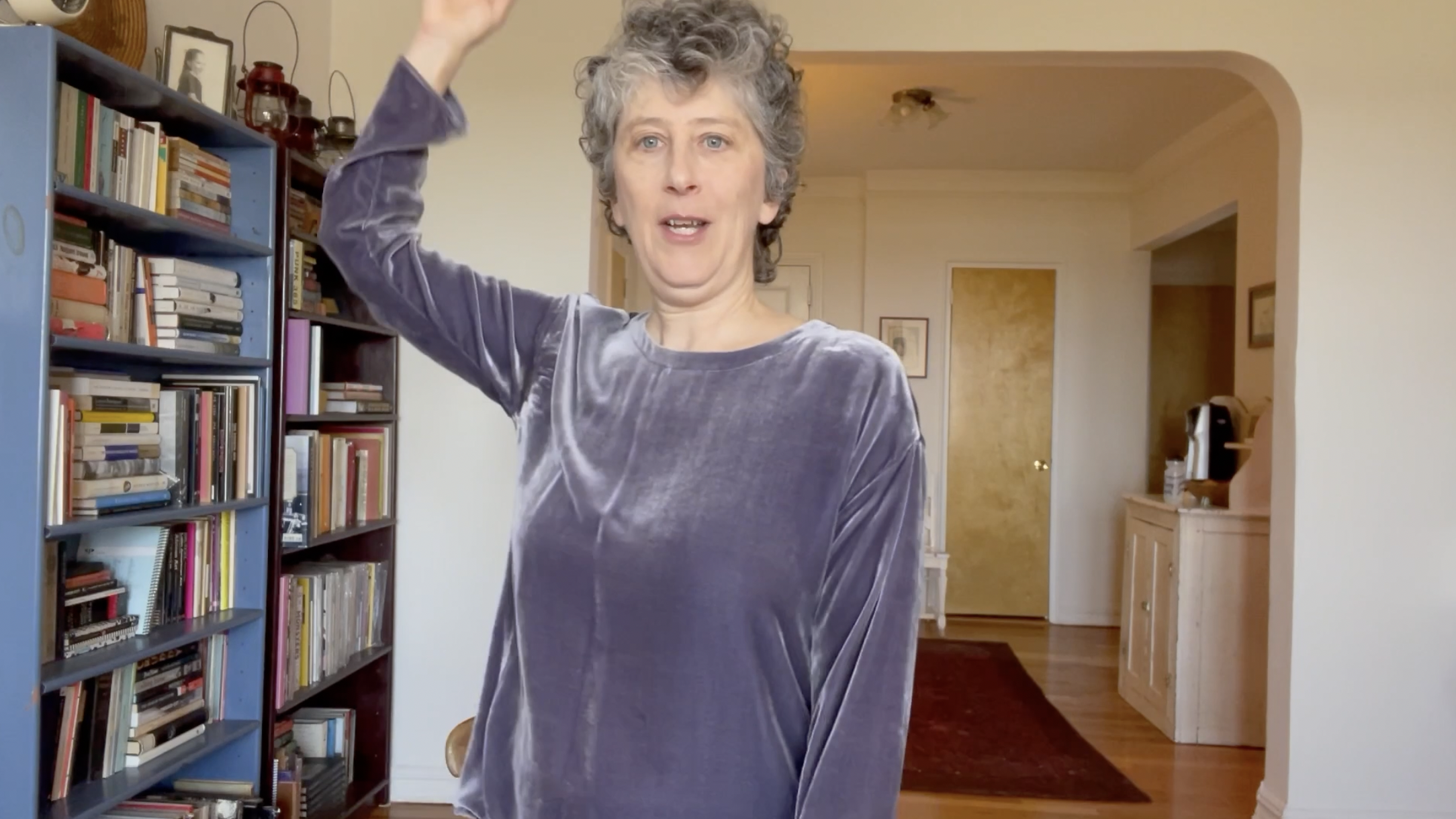A celebration of edges and limits

It comforts me to know that people can’t read my mind. I cherish the boundary between my inner felt experience and my choice to express it or not. There is a wonderful secret garden of self inside my body that is mine alone to enjoy or share with others.
That’s why it’s such an amazing gift when someone chooses to tell me what they are really thinking and feeling, but I’m just as happy to be with the mystery of not knowing. My work with my students is most alive and energized in this space of choice.
Healthy boundaries make life so much more fun! When do you move cross them, when do you stay inside them, when do you stand in front of them looking through to the other side? Unfortunately, if you can’t feel them, you literally won’t know when they’ve been crossed, and you can be very vulnerable to burnout.
Intellectually, folks who know a lot about better boundaries still struggle to maintain them. I didn’t learn to feel and express them in my family of origin, and I didn’t learn them cognitively later. The perpetual exhaustion I felt wasn’t a necessary part of life, but I didn’t realize it yet.
Then I experience the Alexander Technique touch, which is non-manipulative and gentle. It helps you locate yourself in space and in relationship with the ground. This was a non-verbal, bottom up learning process. I discovered I had edges and limits! It was a huge relief.
Personal limits and boundaries are a goldilocks kind of thing. Our body teaches us that hard boundaries are not good. Hard means that there is no circulation, no movement, no fluidity in the tissues. You become unstable and numb.
On the other hand, too fluid and permeable can also destabilize us and leave us overwhelmed, jangled, or even feeling violated. How can we discover more nuanced choices about our limits and be sensitive to our own needs in relationship to others? Most of the clients I work with have qualities of permeability and open-mindedness that need extra special, embodied care.
Perhaps that’s why we use the expression “stay inside your own skin.” Skin is an amazing organ wrapped around your whole being, just waiting to teach you about healthy boundaries. It is sensitive to temperature, texture, pressure, movement, vibrations, stretching, and pain.
While it is vulnerable and can be damaged, it also heals. It has fur all over it, reminding us that perhaps “human” is not a category that separates us from our mammal relatives.
If you want to have better boundaries, have a conversation with your skin. It’s got a PhD earned over millions of years of evolution. Ready to explore? Follow along with this weeks video, or read below my 4 step process for enjoying your boundaries.
STEP ONE:
- Pause
- Tune into the pleasure of sensation on the surface of your body
STEP TWO:
- Connect your motor side (afferent nerve fibers) with your sensory side (efferent nerve fibers) by making little micro-movements to create a little MORE sensation on your skin. Do this as small or large, as long as needed.
STEP THREE:
- Quiet down your moving and tune into the gentle stretch and release that happens around the kind of pelvis, belly, ribs and chest as you breath. Take a moment for that.
STEP FOUR:
- Notice how breathing continues to gently stretch certain areas of skin – a slight stretching and releasing or emptying
- Notice how this plays out wherever your skin is in contact with a supporting surface
When you breath out, there is a kind of settling into contact with supporting surfaces. When you breath in, there’s a little bit of spring, a small push against the supporting surfaces. We bring our boundaried edges alive by “pushing against” or relating to things.
Isn’t it amazing and wonderful to know that you have sensitive edges and limits? There are limits to your attention, your energy, your ability to concentrate, how much time you have.
Whenever you need to remember that you have limits, remember these four things:
1) Skin sensation
2) Motion of your own body
3) Breath motion sensed by your skin
4) Contact
This is a tiny taste of what we’ll be covering in my upcoming Better Boundaries Workshop. It’s a combination of my Cranial Nerve Sequencing work and the Alexander Technique, which helps you establish strong, adaptable postural tone.
I‘ll be sharing a series of experiments exploring cranial nerves 5 through 8, which includes dermatomes of your face and head. Each nerve has sensory, motor, and/or parasympathetic functions that can help you access a stronger sense of embodied flexible boundaries.
You don’t have to learn any theory! It’s just basic facts, experiential practice, and mapping the nervous system. At the end you will have a whole toolkit for establishing boundaries, clarifying your thoughts, understanding your limits and exploring them with partners in the workshop.
Sign up soon because while the early bird special is running through the end of May, there are only 10 spots available and they may sell out soon.
go HERE to learn more about the workshop.

